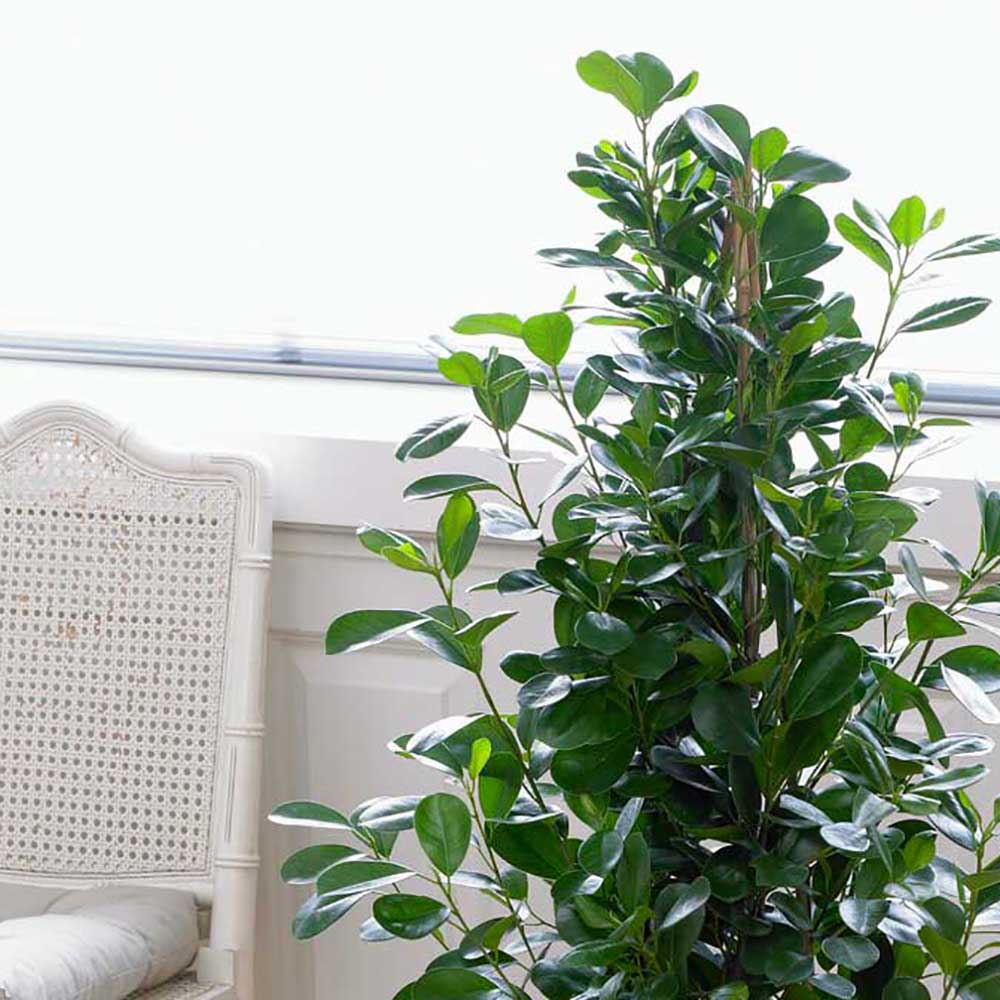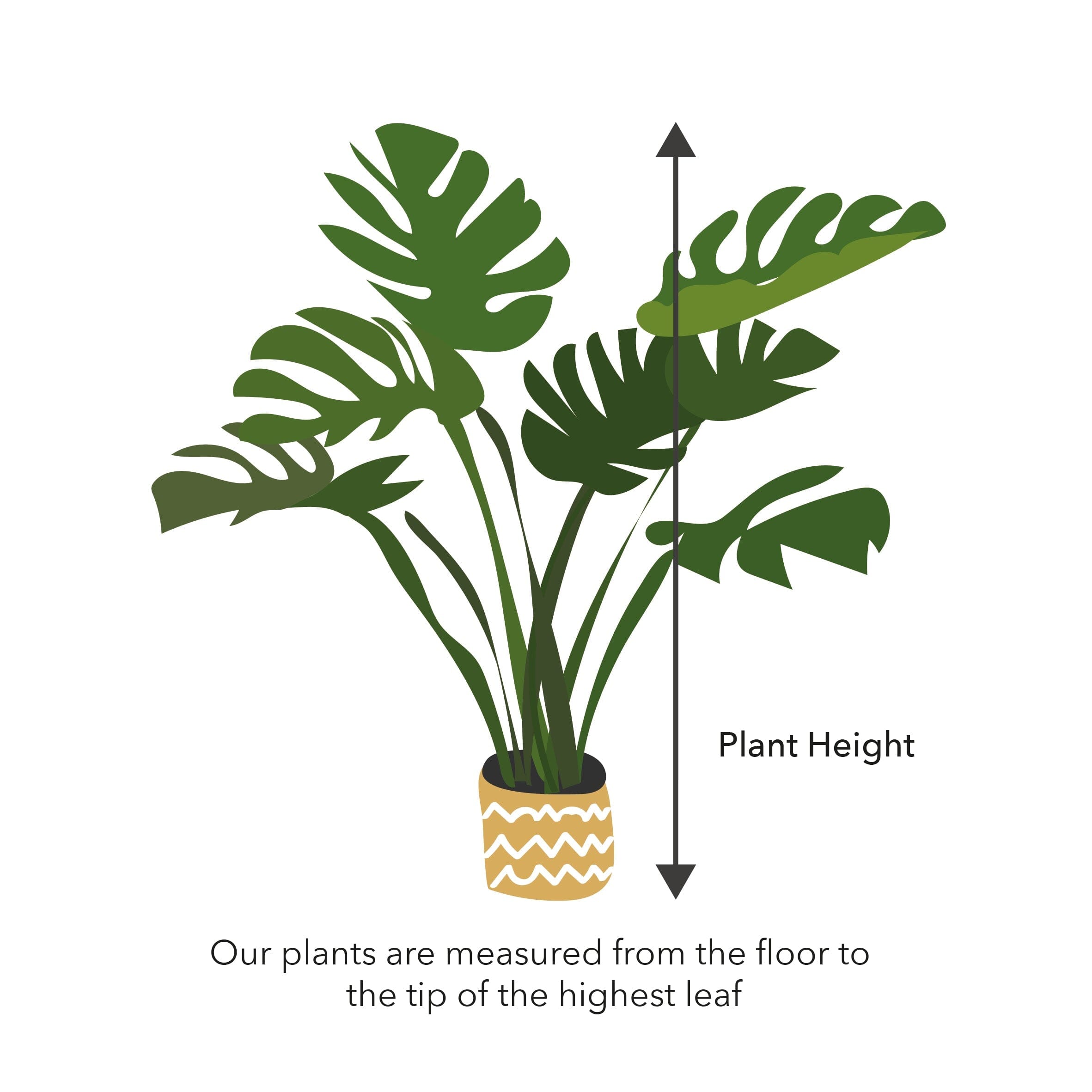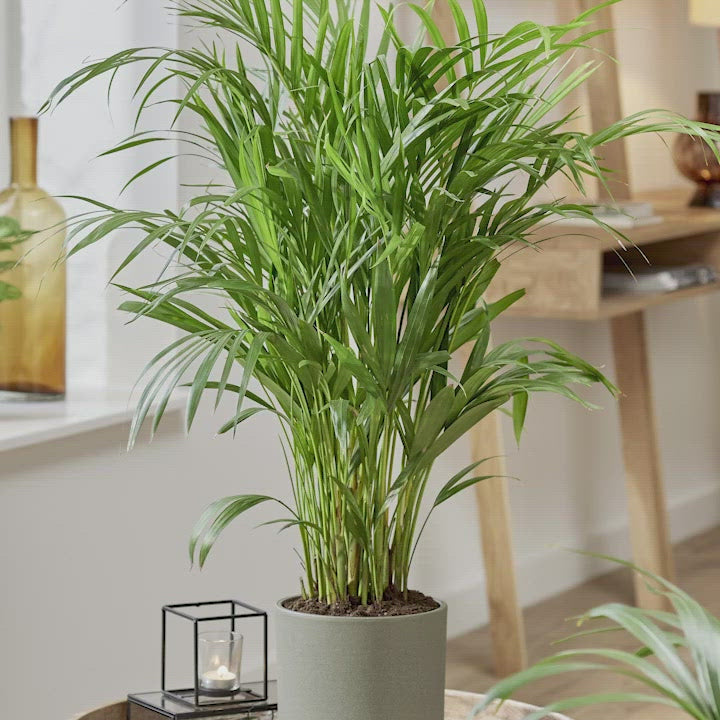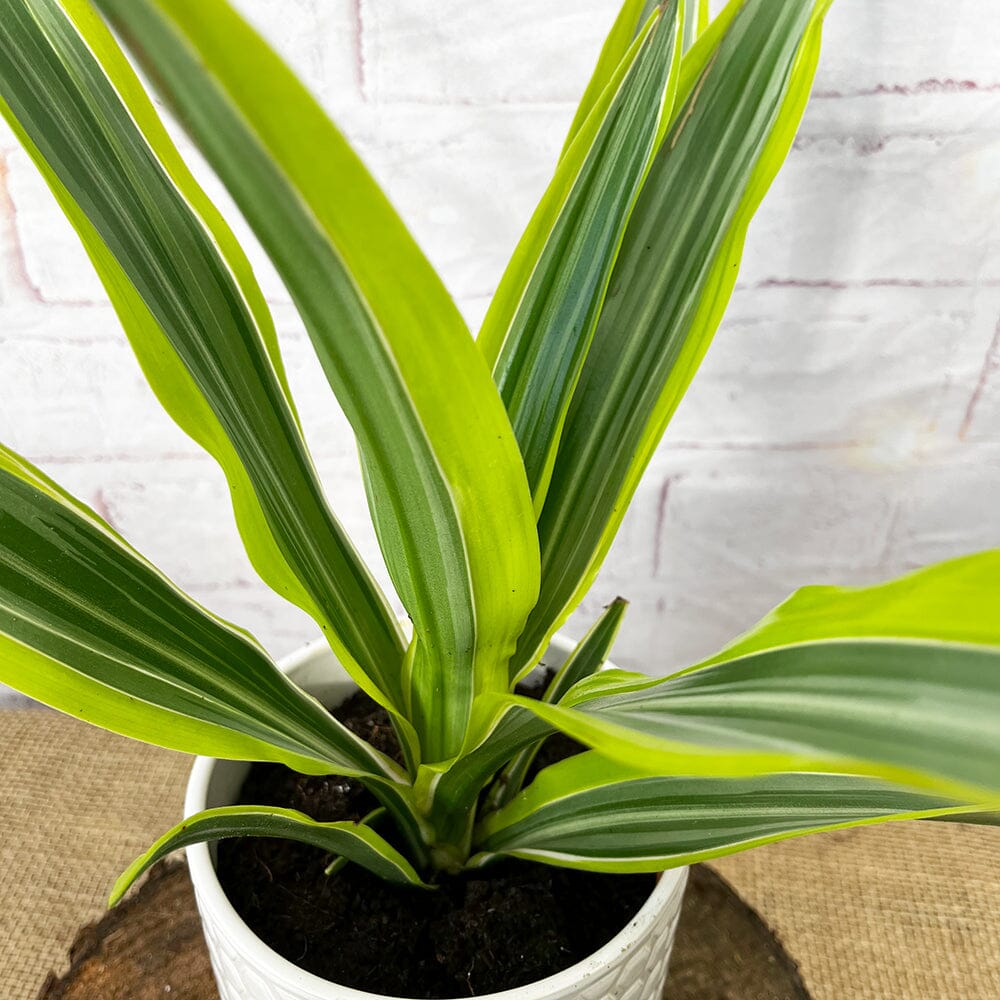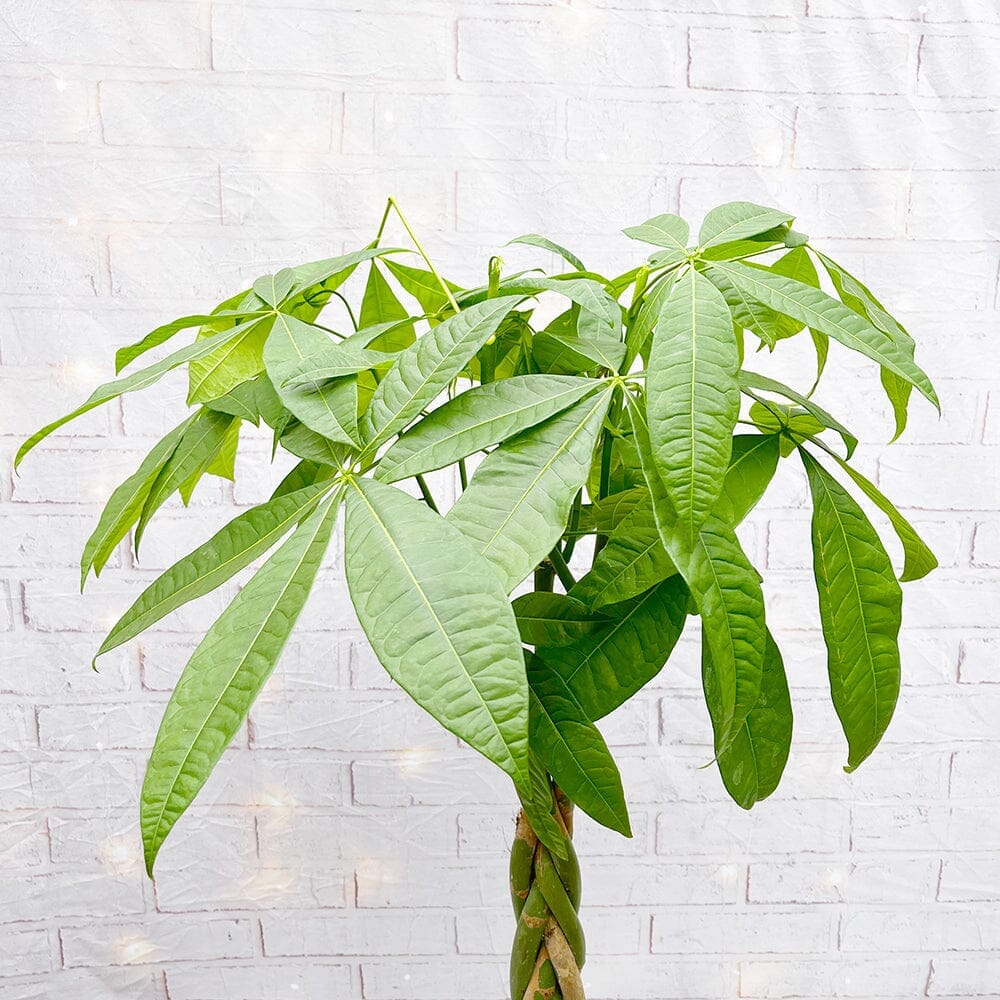Primula Denticulata Aquatic Pond Plant - Drumstick Primrose
Primula denticulata, commonly known as Drumstick Primrose or Himalayan Primrose, is a charming perennial plant known for its spherical flower heads atop tall stems. Here is a detailed description and care guide for Primula denticulata:
Description:
Primula denticulata forms a rosette of dark green, basal leaves that are deeply toothed along the edges, hence the specific epithet "denticulata." From late spring to early summer, it produces upright flower stems that can reach a height of 12 to 18 inches (30 to 45 cm). At the top of each stem, there is a dense cluster of spherical flower heads, resembling colorful drumsticks. The flower heads consist of numerous individual flowers, typically in shades of purple, pink, white, or lavender. The plant has a compact and rounded habit, adding a pop of color to the garden.
Care Guide:
Light: Primula denticulata thrives in partial shade to full shade. It prefers filtered light or areas with dappled sunlight. Avoid exposing it to direct, intense sunlight, as it may scorch the leaves and flowers.
Soil: Provide a moist, humus-rich, and well-draining soil for Primula denticulata. It prefers soil that is slightly acidic to neutral pH. Incorporating organic matter into the soil before planting can help improve moisture retention and fertility.
Watering: Keep the soil consistently moist, but avoid waterlogging. Primula denticulata prefers evenly moist soil and may suffer if it becomes too dry. Water regularly during dry periods, and consider using a layer of mulch to help retain moisture.
Fertilizer: Apply a balanced, water-soluble fertilizer during the growing season to promote healthy growth and flowering. Follow the package instructions for the recommended dosage and frequency. Avoid over-fertilizing, as it may lead to excessive foliage growth at the expense of flowers.
Division: Primula denticulata can form large clumps over time. To maintain its vigor and prevent overcrowding, divide the clumps every 2 to 3 years in early spring. Dig up the plant carefully, separate the individual rosettes, and replant them in well-prepared soil.
Pests and Diseases: Primula denticulata is generally resistant to pests and diseases. However, it may occasionally be susceptible to aphids or slugs. Monitor the plant for any signs of infestation and take appropriate measures if needed.
Winter Care: Primula denticulata is typically hardy in USDA hardiness zones 3 to 8. In colder regions, provide a layer of mulch to protect the plant's roots during winter.
Primula denticulata adds a delightful touch to borders, woodland gardens, or rockeries. Its unique flower heads and vibrant colors make it an attractive choice for early to mid-summer blooms. With proper care and a suitable growing environment, it will thrive and bring beauty to your garden.
Selection:
Choose plants that are specifically adapted to grow in wet or boggy conditions. Research different species of bog plants to find ones that suit your pond's conditions and your aesthetic preferences. Consider factors such as height, flower colour, foliage texture, and seasonal interest when selecting plants.
Soil:
Bog plants thrive in soil that is consistently moist, but not waterlogged. Prepare the planting area by creating a mix of equal parts garden soil, peat moss, and sand to provide good drainage while retaining moisture. Avoid using heavy clay soil, as it can become compacted and restrict root growth.
Sunlight:
Most bog plants prefer full sun to partial shade. Ensure that the plants receive at least 4-6 hours of direct sunlight each day for optimal growth and flowering. Some bog plants can tolerate more shade, so consider the specific light requirements of the plants you choose.
Watering:
Bog plants require consistent moisture, so water them regularly to keep the soil damp. Monitor the moisture level and water as needed to prevent the soil from drying out. During hot and dry periods, you may need to water more frequently to maintain proper moisture levels.
Planting:
Dig a hole slightly larger than the root ball of the plant and loosen the soil at the bottom. Place the plant in the hole, ensuring that the crown is level with or slightly above the soil surface. Backfill the hole with the prepared soil mixture, gently firming it around the plant to eliminate air pockets. Water thoroughly after planting to settle the soil and provide initial hydration.
Mulching:
Apply a layer of organic mulch, such as straw or shredded bark, around the base of the plants. Mulching helps retain moisture, suppresses weeds, and regulates soil temperature. Maintain a layer of 2-3 inches of mulch, keeping it away from the plant's stems to prevent rotting.
Fertilization:
Bog plants generally do not require heavy fertilization if the soil is nutrient-rich. However, if growth appears weak or leaves show signs of nutrient deficiencies, you can apply a slow-release fertilizer specifically formulated for aquatic plants. Follow the manufacturer's instructions for application rates and frequency.
Maintenance:
Regularly remove any dead or decaying foliage to maintain plant health and appearance. Divide overcrowded plants every few years to prevent competition for resources and promote vigorous growth. Prune back excessive growth to maintain a tidy appearance and to prevent plants from encroaching on other plants or the pond itself.
Winter Care:
Hardy bog plants can withstand winter temperatures, while tender ones may need protection. In colder regions, consider mulching around the base of the plants or covering them with a layer of straw or burlap to insulate them from freezing temperatures.
Monitoring and Troubleshooting:
Regularly inspect plants for signs of pests, diseases, or nutrient deficiencies. Address any issues promptly with appropriate treatments, such as organic insecticides, fungicides, or nutrient amendments. By following these general tips and care guidelines, you can create a thriving bog planting area around your pond, adding beauty and interest while supporting a diverse ecosystem.



















